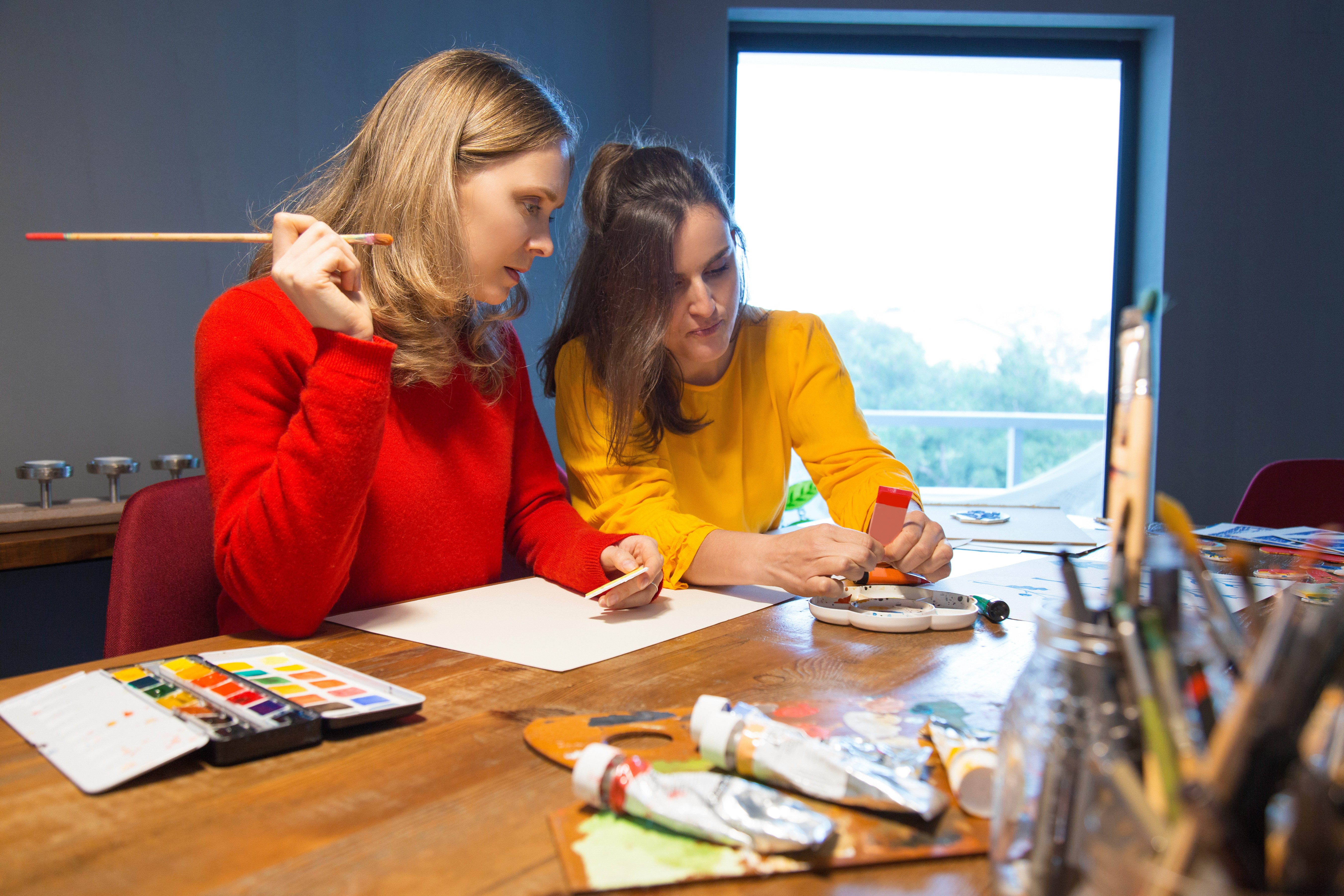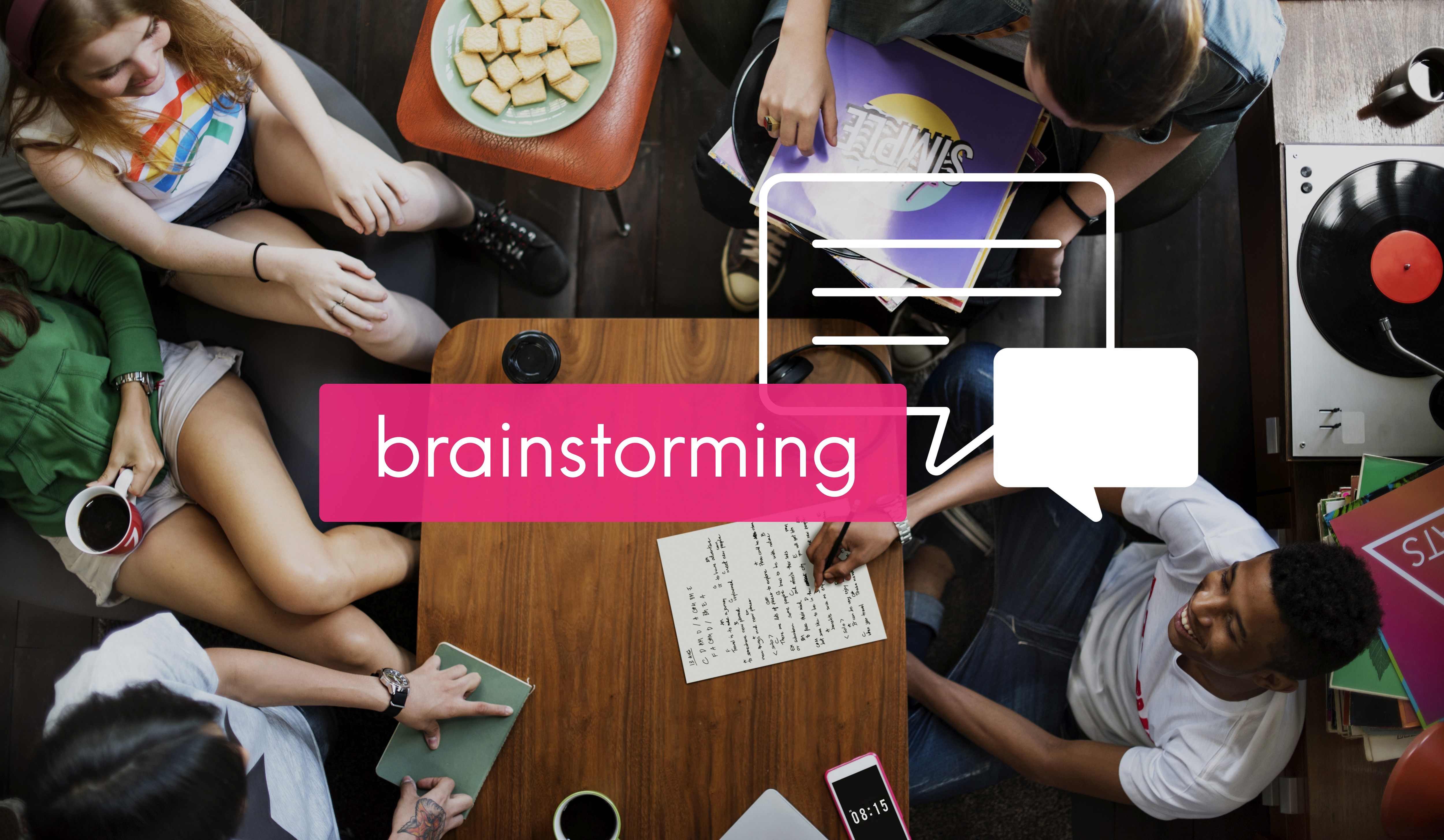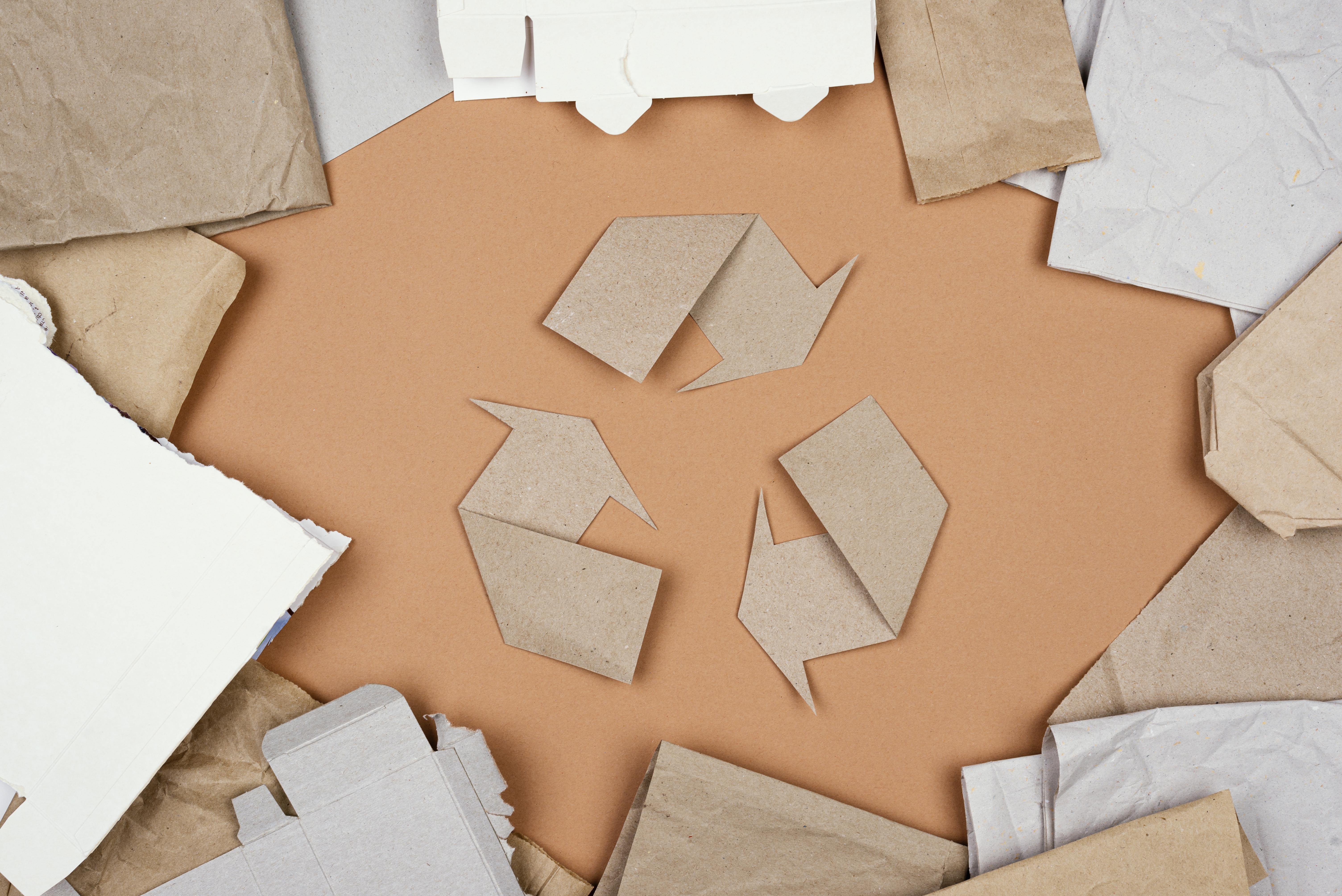As the design world evolves, 2025 is set to be a year of groundbreaking transformations. Here's a look at some trends we anticipate will dominate the creative space, each pushing the boundaries of innovation and aesthetics.
1. Smart Creativity
The integration of advanced technologies into the creative process has opened doors to a new era of design. Automated tools and intelligent algorithms are enhancing efficiency and precision, allowing designers to craft personalized and impactful solutions. This approach is not about replacing creativity but amplifying it to create smarter, more adaptive designs. Designers are leveraging machine learning to analyze patterns, predict user behavior, and deliver hyper-personalized experiences. For instance, generative design tools enable the creation of thousands of iterations in seconds, helping to refine and perfect ideas faster than ever before. This trend also extends to content generation, where AI assists in producing visuals and narratives tailored to audience preferences.
The rise of these tools doesn't diminish the role of human ingenuity. Instead, it empowers creators to focus on strategic thinking, storytelling, and pushing creative boundaries, with technology serving as a trusted ally.
2. Bold Simplicity
Simplicity in design is taking on a new dimension. Instead of flat and muted tones, we see a trend toward embracing minimalism with an expressive twist. Vibrant accents, intricate textures, and dynamic layouts are redefining simplicity, making it both functional and eye-catching. This evolution of minimalism balances clarity with character, ensuring that designs remain clean while conveying a sense of boldness.
A key feature of this trend is the use of asymmetry and unexpected design elements. By breaking the traditional grid structure, designers are creating layouts that feel fresh and engaging. Typography also plays a significant role, with oversized fonts, bold typefaces, and custom lettering taking center stage. These elements make even the simplest designs stand out, ensuring they capture attention while maintaining an air of sophistication.
3. Immersive Realities
The boundaries between the physical and digital worlds continue to blur. Designers are now creating experiences that engage audiences through interactive environments and layered storytelling. These innovations are revolutionizing industries from entertainment to education, making user engagement more impactful than ever.
Augmented Reality (AR) and Virtual Reality (VR) are no longer niche technologies; they are becoming integral to design strategies. AR applications are enhancing retail experiences, allowing customers to visualize products in their own spaces before purchasing. Similarly, VR is transforming storytelling, providing users with fully immersive experiences that transport them to new worlds. The integration of 3D elements and motion graphics further elevates these experiences, creating a seamless blend of reality and imagination.
Beyond entertainment and retail, these immersive tools are finding applications in healthcare, training, and architecture. They enable professionals to simulate scenarios, visualize complex data, and communicate ideas with unprecedented clarity, ensuring designs are not just seen but truly experienced.
4. Conscious Crafting
With growing awareness about environmental impact, design is leaning towards creating solutions that respect and preserve our planet. Recyclable materials, resource-efficient processes, and thoughtful aesthetics are paving the way for a sustainable future, ensuring design remains both beautiful and responsible.
Sustainability in design goes beyond material choices. It encompasses every stage of the design process, from concept to execution. Companies are prioritizing circular design principles, ensuring products and packaging can be reused or recycled efficiently. Innovations like biodegradable materials and plant-based inks are becoming mainstream, reducing the environmental footprint of design projects.
Furthermore, this trend is driving a shift in consumer behavior. People are increasingly drawn to brands that align with their values, and sustainability has become a key differentiator. By adopting conscious crafting, designers have the opportunity to make a positive impact on the planet while meeting the growing demand for eco-friendly solutions.
5. Purpose-Driven Design
Design is becoming a powerful tool for positive change. From promoting inclusivity to addressing pressing global challenges, the focus is on creating meaningful connections and driving social progress. This shift highlights the role of designers as changemakers, shaping a world that values equity and empathy.
Inclusivity is at the heart of purpose-driven design. Designers are creating products and experiences that cater to diverse audiences, considering factors like accessibility, cultural sensitivity, and representation. This approach ensures that everyone, regardless of ability or background, can engage with and benefit from design.
In addition to inclusivity, ethical considerations are shaping design practices. Companies are striving for transparency in their processes, ensuring fair treatment of workers and responsible sourcing of materials. By aligning design with ethical values, businesses can foster trust and build stronger relationships with their audiences.
This trend also extends to visual storytelling. Designers are using their platforms to highlight social issues, inspire action, and drive change. Whether it’s through powerful campaigns or interactive installations, purpose-driven design proves that creativity can be a force for good.
How Miracle Studio Can Guide You
At Miracle Studio, we understand the importance of staying ahead in a rapidly evolving design landscape. With our expertise and passion for innovation, we craft solutions tailored to your unique vision. Whether it’s elevating your brand identity, creating sustainable packaging, or developing immersive experiences, we ensure every project resonates with purpose and precision.
Our team stays attuned to the latest trends, combining technical proficiency with artistic flair to deliver designs that not only meet but exceed expectations. We believe that every project is an opportunity to make a statement, and we work closely with our clients to ensure their ideas are brought to life in the most impactful way possible.
Let’s shape the future of design together. Reach out to us at Miracle Studio—because your ideas deserve nothing less than extraordinary craftsmanship.



